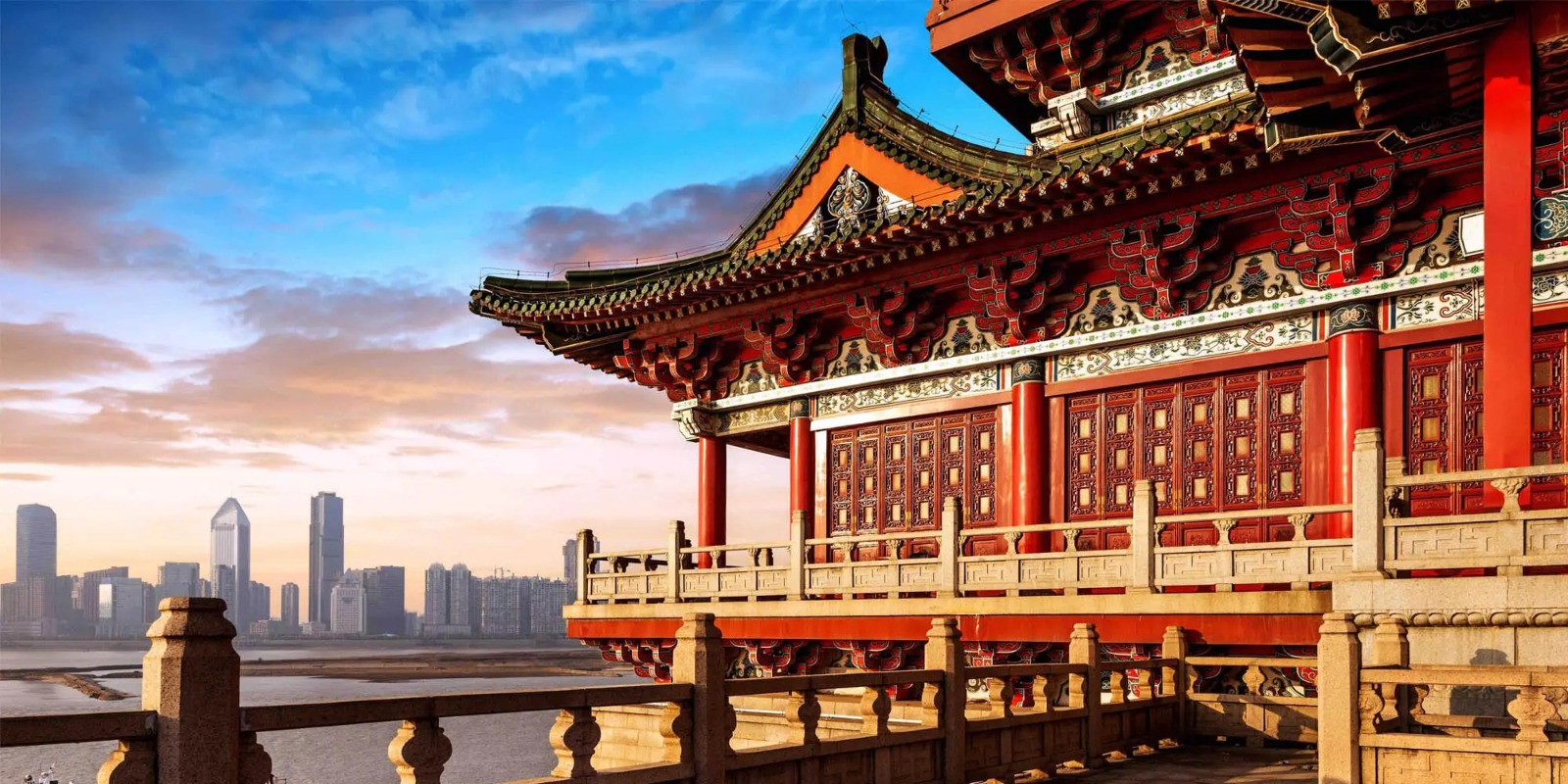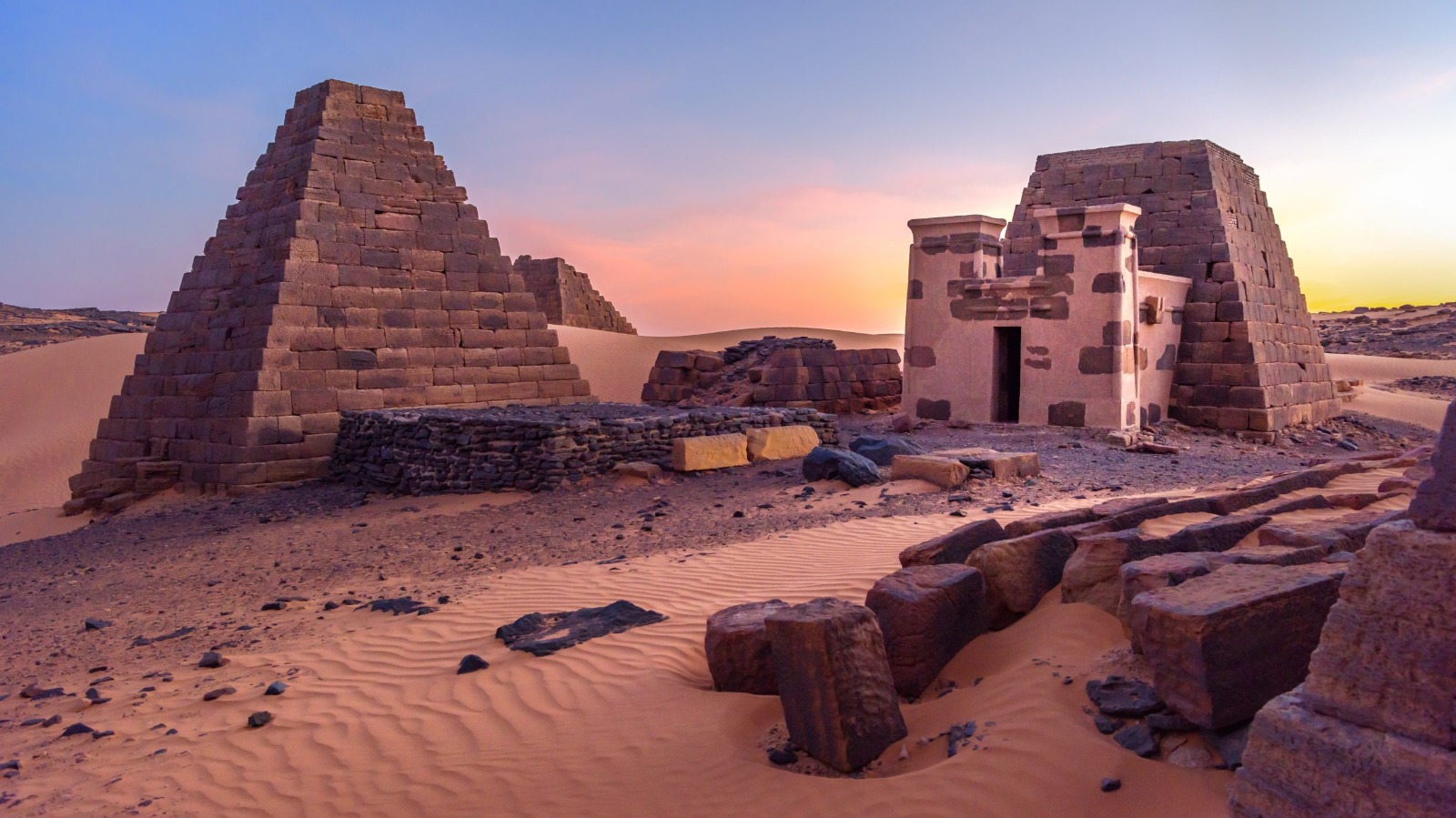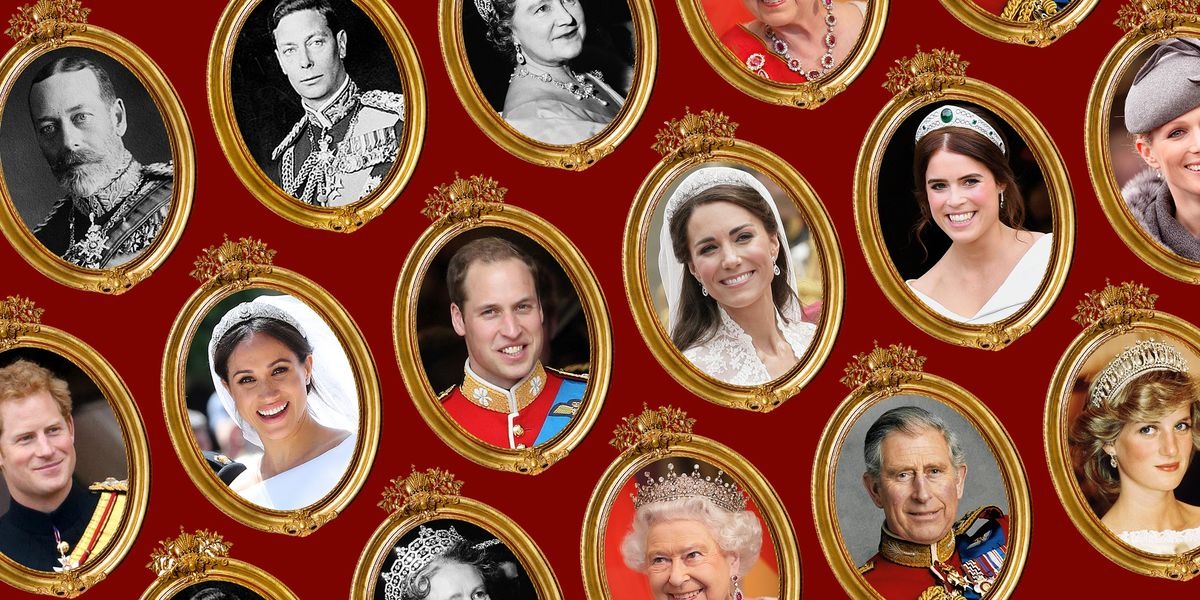5,000 Years Of Chinese History
Chinese history has been centered around, in between its great rivers, most notably the Yangtze River Valley in the south and in the north, the Yellow River. Even in Neolithic times, the fertile plains surrounding the rivers could support large populations with large surpluses of food, enabling these Stone Age cultures to cultivate a variety of crops and domesticated animals while becoming increasingly sophisticated.
The Longshan introduced silk production and created a refined form of strong yet extremely thin pottery with near machine-like precision. These early peoples were extremely vulnerable to the flooding of these great rivers; many thousands could die from an unexpected flood.
From the semi-mythical Xia dynasty, who was able through sophisticated irrigation techniques to protect the cities from flooding and further increased crop yields, possibly enabling the first emperors to rule over multiple peoples, ensuring they were fed and protected from natural disasters, and they were said to have the Mandate of Heaven. The Xia would be conquered by the Shang, these extremely warlike people brought the Middle Kingdom fully into the Bronze Age and into history because they were the first to begin to widely use writing.
They were known for their cruelty and incorporated vast amounts of slaves into their armies. They would be conquered by the Zhou dynasty, who were aided by many slaves defecting from the Shang to join their cause. The long-lived Zhou dynasty saw the development of some fundamental institutions within society, chiefly the philosophies of Taoism that advocated humility and religious piety to live a harmonious and fulfilling life, and Confucianism that emphasized living a rational life to be most fulfilled.
A complex feudalistic system also developed, where seventy quasi-independent states paid homage to a single emperor. Over the centuries, these states developed independent cultures, identities, and the Zhou Empire devolved into nation-states entangled in near-constant warfare with each other. Out of centuries of chaos, the state of Qin, under the Emperor Qin Shihuang, united all under heaven and is considered the first leader of a unified China.
In order that China stay unified, he is said to have ordered a massive amount of book burnings and executed scholars to erase the histories of the individual states so that the nation should only have one identity and one history. Qin Shi Huang ordered the construction of large portions of the Great Wall of China, built a massive canal connecting the north and south of the country, and built an impressive tomb among many other projects during his reign. His dynasty would not last long, though; following the death of Qin Shi Huang, the Empire descended into revolt and chaos.
The province of Han consolidated power and maintained the unified realm. The Han were contemporaries of the Roman Empire and would export massive amounts of silk over what would become known as the Silk Road. Because this was so profitable, they expanded the Empire westwards to control the vital trade route. This is considered China’s first golden age, and this period saw many famous generals and scientific advancements.
The Han Empire eventually split in three, with each partition having an emperor claiming legitimate succession from the Han. The Jin were descended from generals who usurped the imperial throne; they would unite China again, but their reigns were seldom peaceful and were marked with violence and disorganization, and devolved into local rule where sixteen kingdoms warred against each other, with two emerging as longtime rivals in the period known as the northern and southern dynasties.
This period is often considered a dark age and was dominated by warlords who raided the land and by barbarian incursions. The Sui dynasty was a short-lived imperial dynasty in China of pivotal significance. The Sui unified northern and southern dynasties and reinstalled the rule of ethnic Han Chinese and began a process of cultural integration of the barbarians and migrants into China during the centuries of chaos.
It was succeeded by the Tang dynasty, which largely inherited its foundations. The Tang dynasty is often considered the zenith of Chinese civilization and is the second Golden Age. This period was marked with internal stability, scientific advancement, and cultural refinement. It was during this period that the Chinese culture spread throughout Asia, fueled by many merchants, artisans, and philosophers from the surrounding kingdoms, which were welcomed into the courts and halls of study throughout the Tang period.
All good things come to an end, and so did the Tang. They began to persecute Buddhists and were increasingly authoritarian by the end of their dynasty, and after putting down several rebellions, they were deposed, and China once again entered a period of chaos. Out of this period, the Song Dynasty unified China. Their dynasty is marked for its technological achievement, including the magnetic compass, gunpowder, and mass printing, which they used to create the world’s first national paper currency.
This age of enlightenment would be brought to a swift end when the Mongols invaded, and Genghis Khan’s grandson Kublai Khan would establish the Yuan dynasty. For the first time, the entire Silk Road connecting China to Europe was ruled by one power, and the Yuan Dynasty saw a great period of diversity of culture and material goods flowing into China. This dynasty would be short-lived and was supplanted by the Ming Dynasty.
This dynasty is seen as a prosperous time and a high point for art and literature. They were succeeded by the long-lived Qing dynasty, which began like a golden age and ended in disaster that was first triggered by the British obsession with tea. They loved drinking it but they hated paying for it so they came up with an evil empire solution if there ever was one and illegally flooded China with opium. When the Qing clamped down on the British opium trade, the British went to war to make sure that the opium kept flowing into China.
China stagnated afterwards and closed itself off as much as possible from the West, and in 1911, the last emperor of China was removed from the throne in a deal made by the boy Emperor’s advisers, which they did not inform him of and pretended he was still in power for some time. Imperial China was succeeded by the Republic of China and then the People’s Republic of China.



